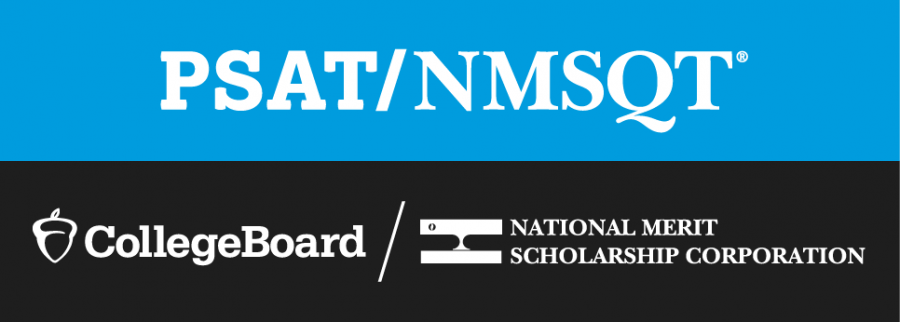Interpreting Your PSAT’s with Mrs. Foley
MCAS, PARCC, HSPT, and SSAT may seem like random jumbles of the alphabet, but they are familiar phrases to Massachusetts high school students. These are four different standardized tests upper school Montrosians may have taken before their high school career even began.
And there’s one more example all upper school Montrosians know well– the PSAT, or Preliminary Scholastic Aptitude Test. Freshmen, sophomores, and juniors took the PSAT this past October. It is a precursor to the SAT, the infamous exam most juniors take in the spring and submit with college applications. Students receive their PSAT scores on December 10.
The term “standardized test” is usually enough to bring out a multitude of groans and sighs from any group of students. Sitting in a classroom for over two hours with a number two pencil in hand and strict, calculated five-minute break times doesn’t exactly sound like anyone’s favorite pastime. So why do students take these exams, year after year?
Thankfully, Mrs. Foley is here to help. In the following interview, she explains not only how to read your PSAT scores, but why you should be motivated to take the PSAT at all.
How should you read your PSAT scores? What are the point scales of the test? Should we strive to obtain a certain amount of points next year?
The PSAT is scored between 320 and 1520 points. You’ll get two scaled scores between 160 and 760: one for the Math section and one for the combined Reading and Writing section (called Evidence-Based Reading and Writing, or EBRW). You’ll see how you performed on each of the three sections (Math, Reading, and Writing and Language) with a test score between 8 and 38.
The PSAT scoring scale will help you predict your SAT scores. The scale is shifted about 80 points lower than that of the SAT (which has a total score range of 400-1600) since the PSAT is a slightly easier test; you can only compare the scores up to 1520.
Each year the test should get easier because you are learning more each academic year but also because you are becoming familiar with the format and timing of the test. This is a key point of practice – it helps to make things easier! (Ever heard of “practice makes perfect?!”)
How have you seen the PSAT help students over your time at Montrose? Can you speak about scholarship opportunities that can motivate students to try their best on PSATs?
Students have developed a familiarity with the PSAT over the years that helps when taking the SAT. They have also linked their PSAT results with Khan Academy and been able to work for free on their weaker math or verbal skills. We’ve seen the upward scoring trends of students between 9th and 11th grade.
High scores may be rewarded: Scores from the PSAT/NMSQT (11th grade) are also used to identify candidates for the National Merit Scholarship Program. They are also used to identify candidates for the National Hispanic Recognition Program. We’ve had winners in every category (National Merit Scholar, National Hispanic Scholars, and Commended Scholars). Students who take the PSAT/NMSQT can also opt in to the Student Search Service, which makes their names and information available to scholarship programs as well as to colleges.
Why do we take PSATs?
We administer the PSAT to help students become familiar with a standardized test and also to help prepare students for the SAT, College Board’s test for college applicants. Montrose teachers also use the results to help inform their curriculum.
College Guidance appreciates perseverance, whether it’s preparing for a test, taking challenging courses, or moving outside one’s comfort zone by running for a leadership position. Strong standardized test scores will strengthen one’s application to college, graduate school, and professions like nursing or accounting. Beginning to get used to these tests at a young age is a good way to overcome anxiety and develop strategies and study skills.
Think of the PSAT as a step along the way of “getting into great application shape.” Forgive this awkward metaphor, but don’t forget it’s good advice!
As Mrs. Foley mentioned, if a junior receives an especially strong score taking the PSAT, they can be considered for a national merit scholarship. Just this year, two Montrosians, Caroline Churney ‘19 and Sofia Conte ‘19, were recognized for their outstanding performance on the PSAT. With college applications just around the corner, this national honor provides these juniors with great opportunities.
No matter how much anyone insists, it is not likely that every student will find much joy in the next standardized test they have to take. But whether or not students recognize the benefits standardized tests offer, they can still look forward to studying for the GRE’s, LSAT’s, MBE’s, NCLEX’s, or MCAT’s in college!











